Marble is an elegant, timeless material that brings sophistication and charm to any room. A marble table top can instantly elevate your space, whether it’s in the dining room, kitchen, or living area. However, marble is porous and delicate, making it prone to stains, scratches, and etching if not treated properly. Learning how to care for marble table top is essential to keep it looking pristine for years. With the right techniques, tools, and a little routine maintenance, you can protect its natural beauty and ensure that your marble remains a stunning centerpiece in your home. This guide will take you step by step through simple, effective practices for cleaning, protecting, and preserving your marble surface.
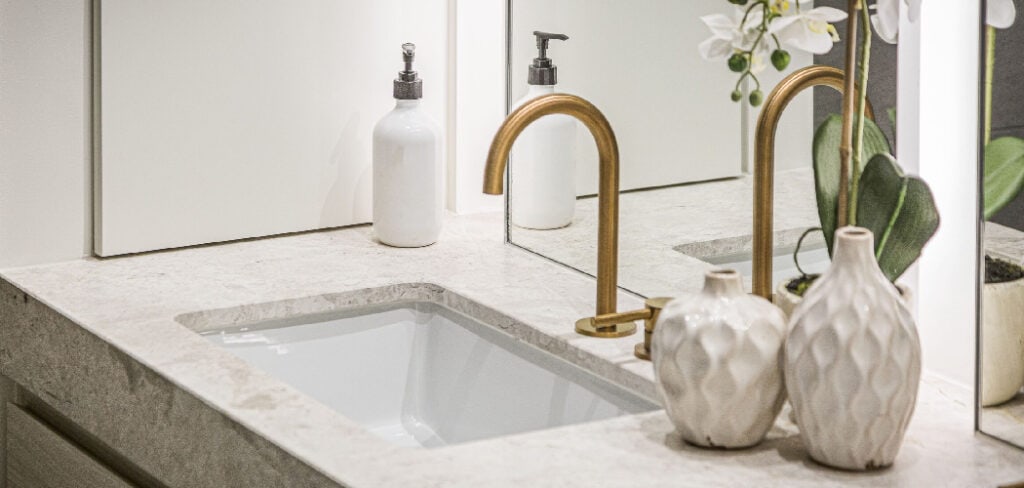
Benefits of Knowing How to Care for a Marble Table Top
Understanding how to care for a marble table top has multiple advantages, especially for beginners who want their furniture to last. The most obvious benefit is maintaining its aesthetic appeal. Marble’s natural veining and smooth surface make it highly attractive, but stains from food, drinks, or acidic substances can ruin its look. By practicing proper care, you preserve its elegant shine and prevent discoloration over time.
Another benefit is durability. Although marble is strong, it is softer than granite or quartz, so scratches and chips can occur if it’s not handled carefully. A well-maintained table resists damage and keeps its smooth texture, reducing the need for expensive repairs or refinishing.
Finally, proper care contributes to hygiene and cleanliness. Marble surfaces can accumulate dust, crumbs, or bacteria if not cleaned regularly. By establishing simple cleaning and maintenance habits, you create a safer and more inviting environment for meals, drinks, and everyday use. Ultimately, knowing how to care for marble table top enhances both its visual beauty and practical functionality.
Tools and Materials You’ll Need
- Soft Microfiber Cloths – For dusting and gentle cleaning without scratching the marble surface.
- Mild Ph-neutral Cleaner – A safe solution specifically formulated for marble to avoid etching.
- Warm Water – To dilute cleaners or rinse spills effectively.
- Cutting Boards and Coasters – Prevents direct contact with acidic foods or liquids.
- Marble Sealer – Protective coating to prevent stains and etching, applied periodically.
- Soft Sponge or Non-abrasive Pad – For gentle scrubbing of minor stains.
- Baking Soda or Poultice Powder – Useful for removing stubborn spots or stains safely.
- Rubber Gloves – Protect your hands during cleaning or when applying sealers.
- Small Brush or Toothbrush – To clean corners, grooves, or decorative edges.
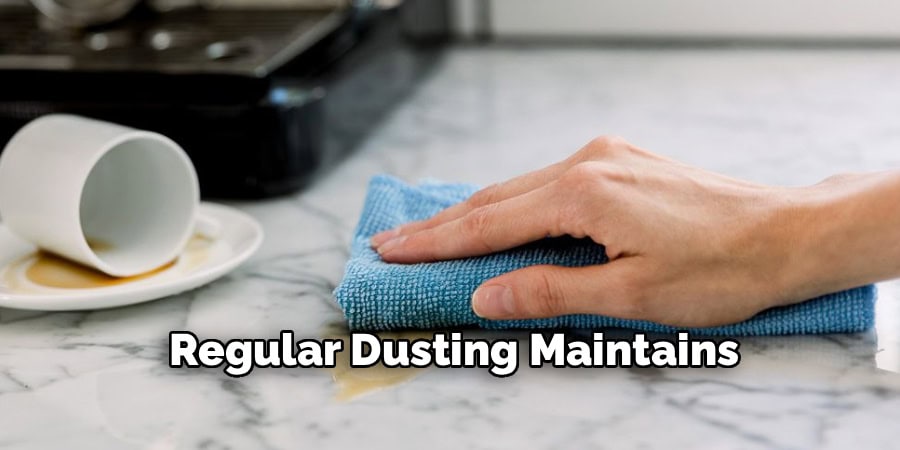
8 Step-by-Step Guide: How to Care for Marble Table Top
Step 1: Dust and Wipe Regularly
The first step in caring for a marble table top is simple but crucial: dusting and wiping daily or every few days. Marble easily attracts dust, crumbs, and small particles, which can scratch the surface if left unattended. Use a soft microfiber cloth to gently wipe the entire table, ensuring no grit is trapped between the cloth and marble. Avoid rough sponges or paper towels, as these can leave fine scratches. Regular dusting maintains the marble’s smooth feel and keeps it looking polished. If you notice small spills, immediately blot the area with a clean cloth instead of wiping aggressively. This ensures liquids do not spread and reduces the risk of absorption into the porous stone. A simple routine like this forms the foundation for long-term marble care.
Step 2: Clean with Mild pH-Neutral Solutions
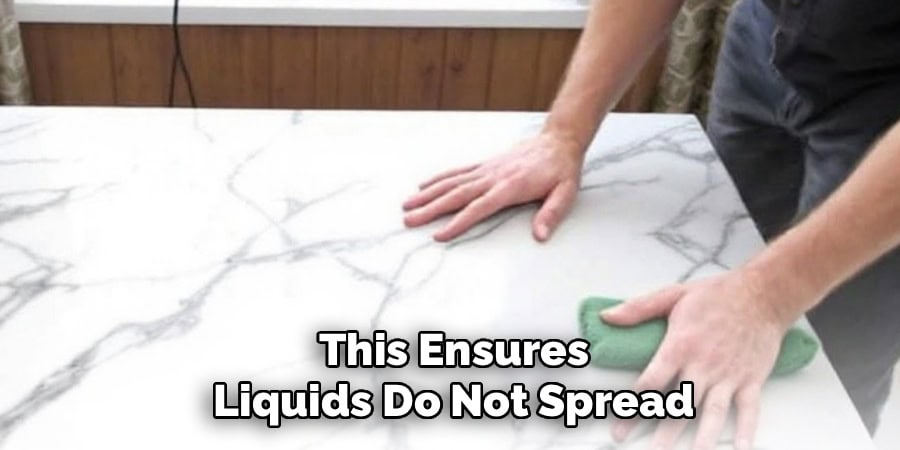
Next, focus on cleaning. Marble is sensitive to acidic or harsh chemical cleaners, so avoid products containing vinegar, lemon, ammonia, or bleach. Instead, mix a few drops of a mild, pH-neutral cleaner with warm water in a bucket. Dampen a microfiber cloth or soft sponge with this solution and wipe the table gently. Pay attention to corners, edges, and any grooves where dust may accumulate. After cleaning, use a separate damp cloth with just water to remove any residue, then dry the surface thoroughly. This method ensures that your marble maintains its natural shine without risk of etching or discoloration. Frequent, gentle cleaning is much better than occasional deep scrubbing with harsh chemicals.
Step 3: Blot Spills Immediately
Marble is porous, which means liquids like wine, juice, coffee, or olive oil can penetrate the surface and leave permanent stains if ignored. The key step here is to blot spills immediately instead of wiping them. Wiping can spread the liquid across the surface, increasing the risk of absorption. Use a soft, dry microfiber cloth or paper towel to gently press onto the spill until fully absorbed. For stubborn liquids, repeat the blotting process rather than scrubbing aggressively. Quick action prevents stains, keeps your table looking pristine, and reduces the need for later stain removal treatments. This simple habit is one of the most effective ways to care for marble table top in daily life.
Step 4: Use Protective Measures
To prevent scratches and stains, always use coasters, placemats, and cutting boards. Hot pots, acidic foods, and sharp utensils can damage marble surfaces easily. Avoid placing glasses of soda, lemon juice, or wine directly on the marble. A coaster absorbs condensation, while a cutting board protects against knife marks. Even decorative items, like vases or centerpieces, should sit on a soft cloth or felt pad to avoid scratches. By integrating these protective measures into your routine, you reduce the risk of damage while still enjoying the table’s natural beauty. A little precaution goes a long way.
Step 5: Seal the Marble Periodically
Sealing marble is a critical maintenance step to prevent stains and etching. Apply a marble sealer every 6–12 months depending on the usage of the table. Begin by cleaning the surface thoroughly and letting it dry completely. Apply the sealer using a soft cloth or sponge, following the product’s instructions. Usually, you’ll spread a thin layer, let it penetrate for a few minutes, then wipe off the excess. The sealer creates a protective barrier that repels liquids and reduces the risk of staining. While sealing doesn’t make marble indestructible, it significantly improves longevity and simplifies cleaning, making it an essential part of your care routine.
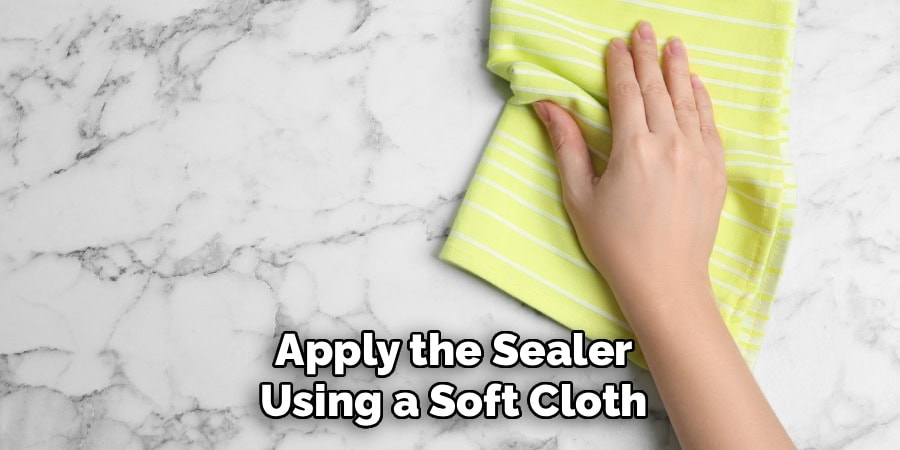
Step 6: Remove Stains Carefully
Even with precautions, marble can sometimes develop minor stains. For organic stains (coffee, wine, food), make a paste using baking soda and water. Apply the paste to the stained area, cover it with plastic wrap, and let it sit for 24 hours. For oil-based stains, a commercial poultice powder can be used according to the instructions. After the waiting period, remove the paste gently with a soft cloth and rinse with water. Avoid harsh scrubbing or acidic cleaners, as these can etch the marble. Patience is key—treating stains carefully ensures the surface remains smooth and lustrous without causing additional damage.
Step 7: Polish for Shine
To restore or maintain the natural luster, polishing your marble table is a subtle but rewarding step. Use a dry microfiber cloth and a gentle, marble-safe polish if desired. Work in circular motions across the entire surface, focusing on dull or high-traffic areas. Avoid waxes or oil-based products that can leave a residue and attract dust. Polishing enhances the table’s shine, brings out the veining, and gives it that fresh, luxurious look you expect from marble. Regular polish, combined with proper cleaning and sealing, ensures your marble table continues to impress for years.
Step 8 (Optional): Rotate and Rearrange Items
Although optional, rotating decorative items can prevent localized wear or dull spots. Frequently moving vases, bowls, or centerpieces ensures that the marble’s exposure to sunlight, spills, or heat is evenly distributed. This also gives you a chance to clean under objects and maintain a fresh, organized appearance. Small steps like these contribute to the overall longevity and aesthetic of your marble table top.
Common Mistakes to Avoid
- Using acidic cleaners: Lemon, vinegar, or ammonia can etch marble and leave permanent marks.
- Scrubbing aggressively: Hard scrubbing can scratch the surface, especially with sponges that aren’t soft.
- Ignoring spills: Waiting to clean spills increases the risk of permanent stains.
- Neglecting sealing: Skipping periodic sealing allows liquids to penetrate and damage marble.
- Placing hot or sharp objects directly: This can leave marks or scratches. Always use coasters, mats, or trivets.
Avoiding these common errors ensures your marble table remains pristine and beautiful for years.
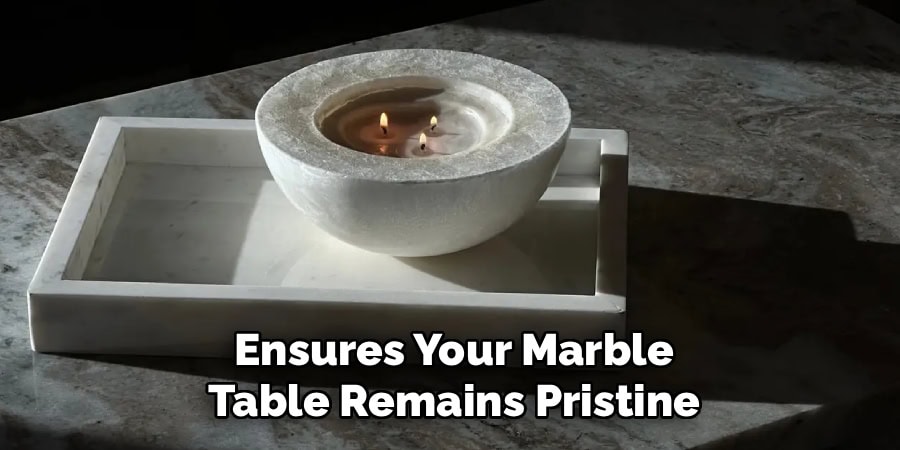
Frequently Asked Questions
How often should I seal my marble table?
Sealing should be done every 6–12 months depending on usage. Heavy-use surfaces may require more frequent applications. Always ensure the marble is clean and dry before sealing. Regular sealing helps repel liquids, prevents staining, and preserves the smooth, polished look of the stone. Skipping this step increases the likelihood of discoloration and etching from spills or acidic substances.
Can I use regular household cleaners on marble?
No, avoid acidic or abrasive cleaners like vinegar, lemon juice, ammonia, or bleach. Use only pH-neutral cleaners or a small amount of mild dish soap diluted in warm water. Harsh cleaners can etch the marble surface, leaving dull spots. Gentle cleaning ensures longevity and keeps the natural shine intact.
How do I remove stubborn stains from marble?
Use a baking soda paste (baking soda + water) for organic stains, or a commercial poultice for oil-based stains. Apply, cover with plastic wrap, and let it sit for 24 hours. Then gently wipe and rinse. Avoid harsh scrubbing, as it can scratch or damage the surface. Patience is essential for safe stain removal.
Can I use marble for everyday dining?
Yes, but with precautions. Always use coasters for drinks, cutting boards for food prep, and trivets for hot pots. Marble is durable but sensitive to acids, heat, and scratches. Proper care and routine cleaning ensure it can be enjoyed daily without losing its elegance.
How do I prevent etching on marble?
Etching occurs when acidic substances contact marble. To prevent it:
- Immediately blot spills.
- Use coasters for drinks like juice or wine.
- Avoid placing citrus, vinegar, or tomato-based foods directly on the surface.
- Seal marble regularly.
Following these steps reduces the risk of etching while maintaining a smooth, polished table.
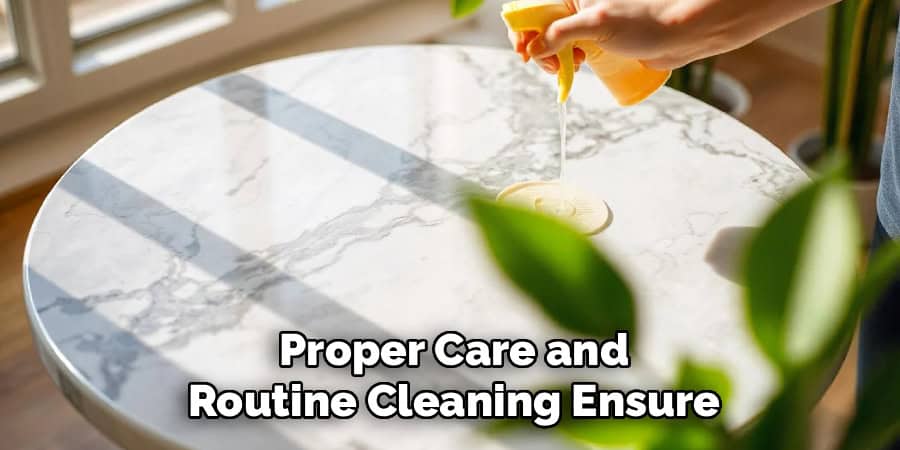
Conclusion
Mastering how to care for marble table top is key to preserving its natural elegance and ensuring it remains a centerpiece in your home. By following a few simple steps—regular dusting, gentle cleaning, sealing, stain management, and polishing—you protect your investment and keep your marble looking luxurious for years. Remember, attention to detail makes all the difference:
- Clean Gently: Avoid harsh chemicals and abrasive pads.
- Protect Daily: Use coasters, mats, and trivets.
- Seal Periodically: Maintain a barrier against stains.
- Act Quickly: Blot spills to prevent permanent marks.
- Polish Occasionally: Restore shine and vibrancy.
With consistent care and a mindful routine, your marble table top will continue to impress guests, enhance your living space, and retain its timeless beauty.

About
Emmett Finn is a distinguished figure in the world of Diy design, with a decade of expertise creating innovative and sustainable Diy solutions. His professional focus lies in merging traditional craftsmanship with modern manufacturing techniques, fostering designs that are both practical and environmentally conscious. As the author of diy, Emmett Finn delves into the art and science of furniture-making, inspiring artisans and industry professionals alike.
Education RMIT University
(Melbourne, Australia) Associate Degree in Design (Emmett Finn) Focus on sustainable design, industry-driven projects, and practical craftsmanship. Gained hands-on experience with traditional and digital manufacturing tools, such as CAD and CNC software.
Nottingham Trent University
(United Kingdom) Bachelor’s in diyfastly.com and Product Design (Honors) Specialized in product design with a focus on blending creativity with production techniques. Participated in industry projects, working with companies like John Lewis and Vitsoe to gain real-world insights.
Publications and Impact
In diy, Emmett Finn his insights on indoor design processes, materials, and strategies for efficient production. His writing bridges the gap between artisan knowledge and modern industry needs, making it a must-read for both budding designers and seasoned professionals.
